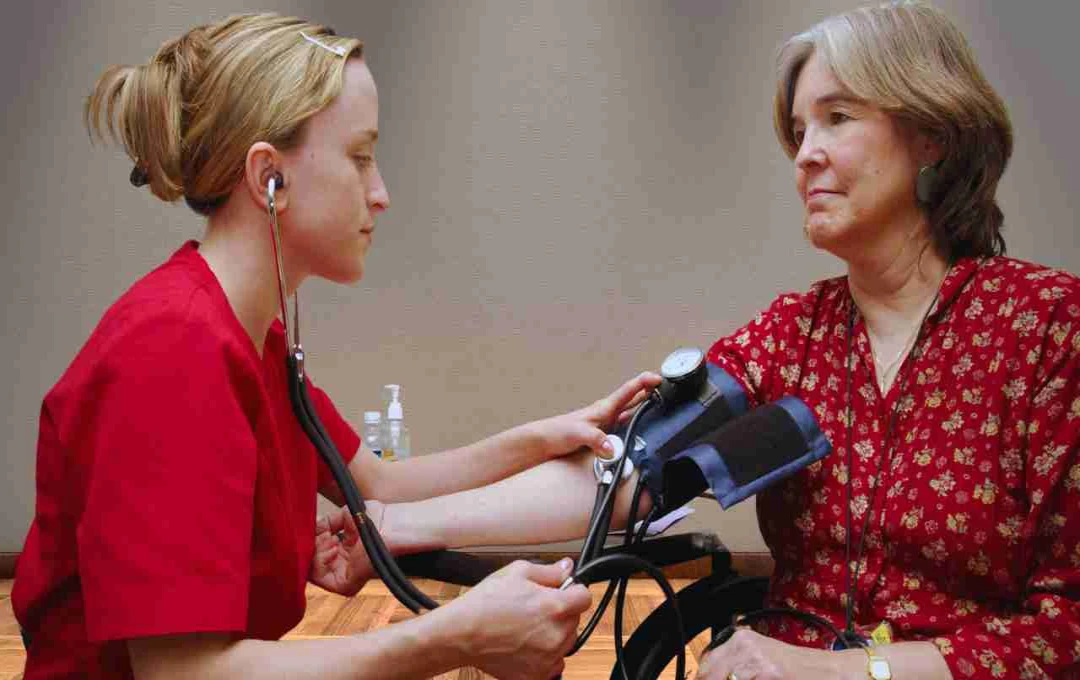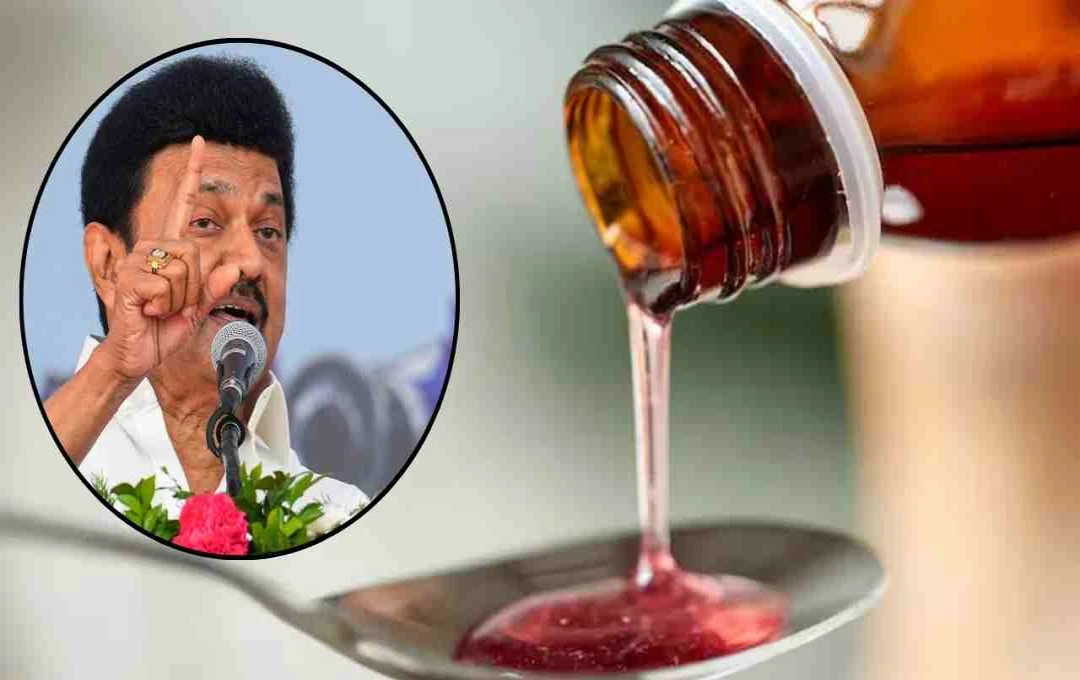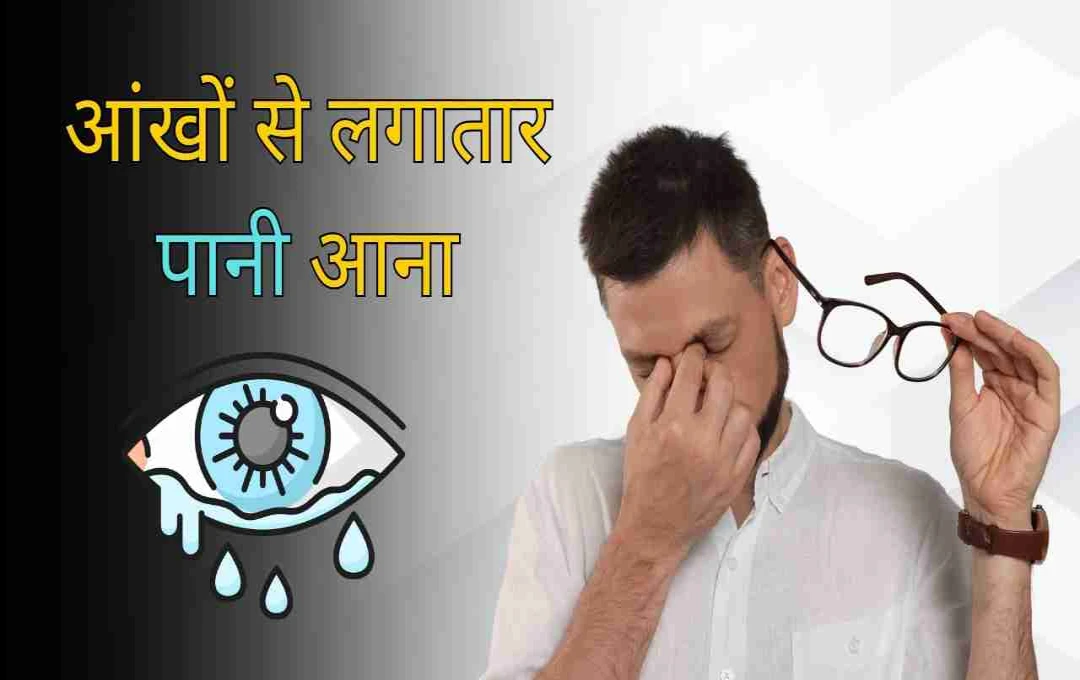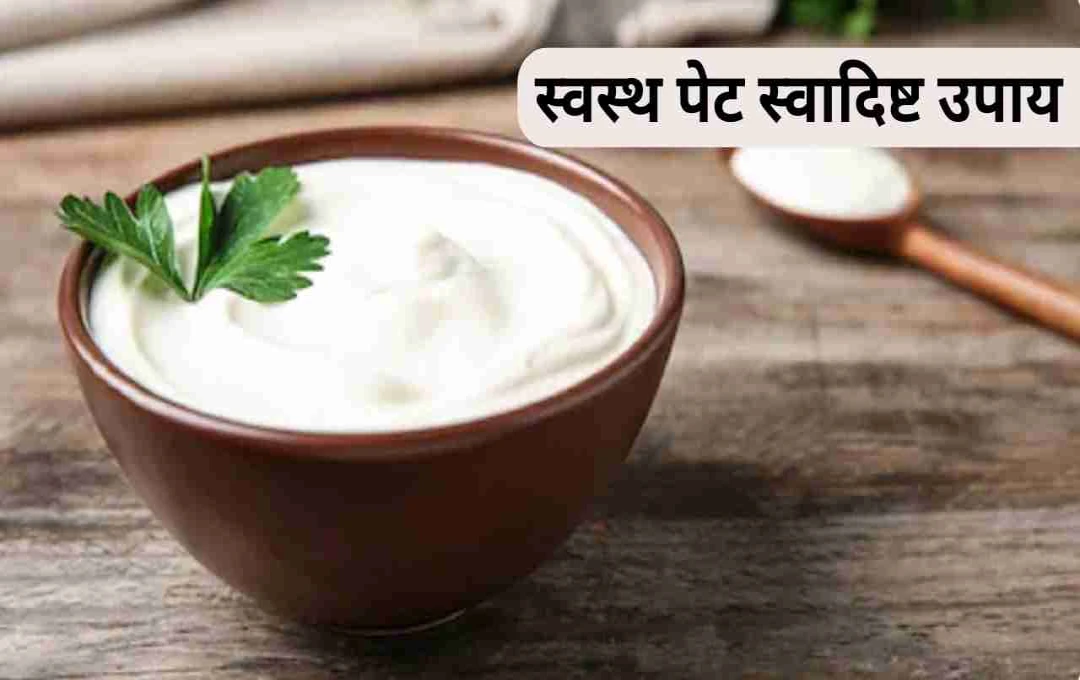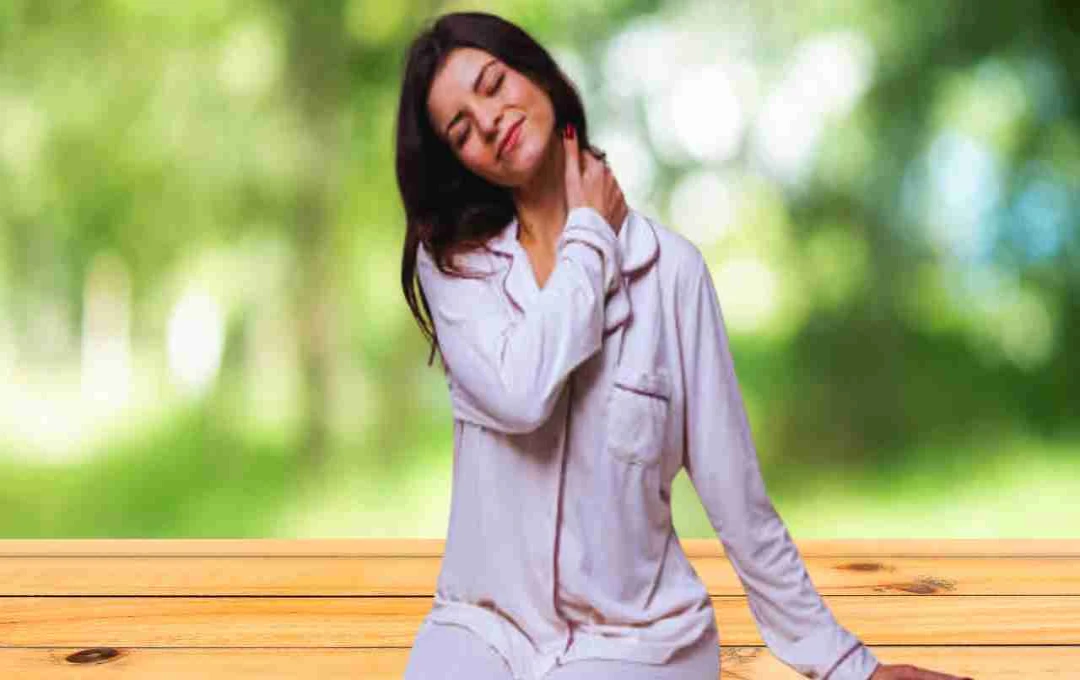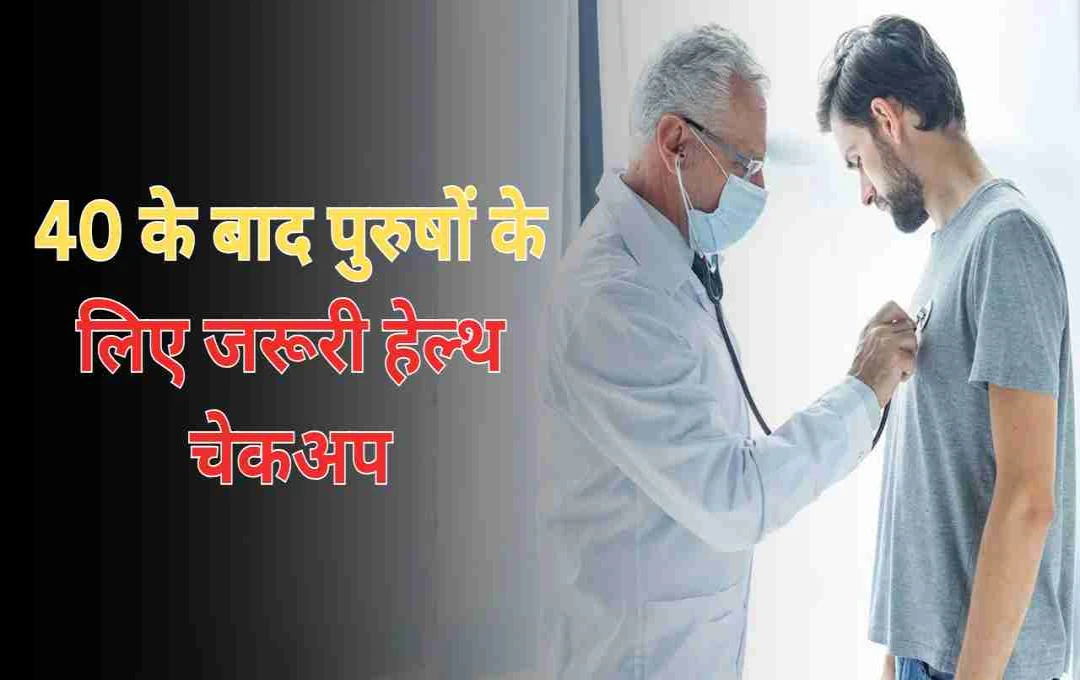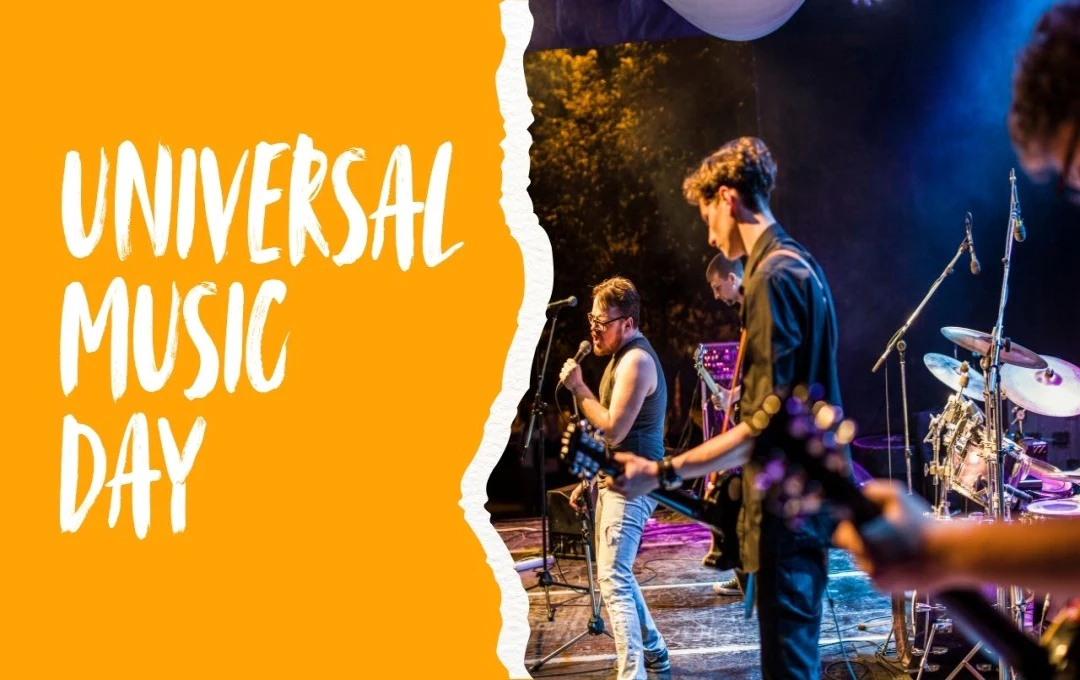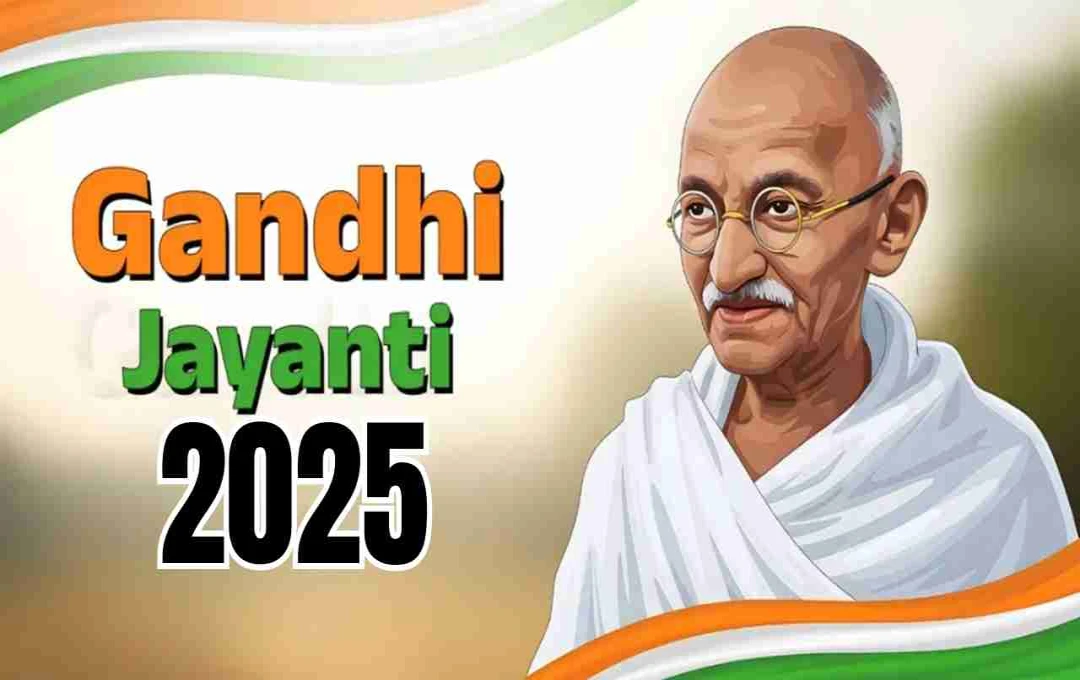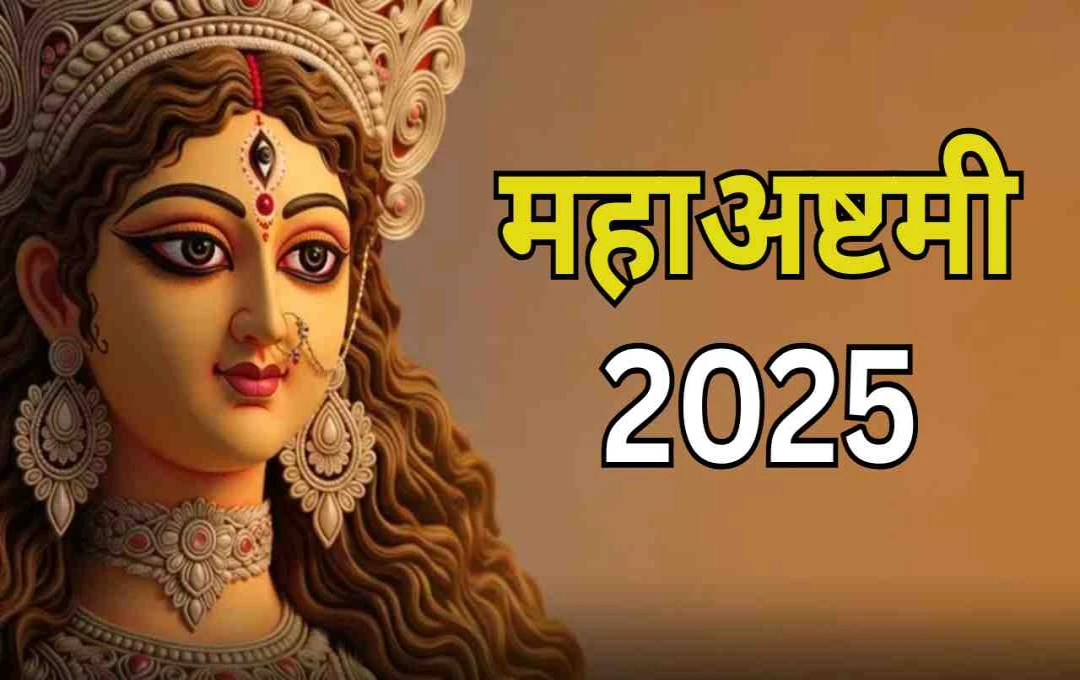The monsoon season is undoubtedly pleasant, but the humidity, fluctuating temperatures, and water accumulation in various places keep young people away from gyms, parks, or running tracks. Approximately 50% of young people in India are already neglecting physical activity; the laziness of the monsoon exacerbates this problem. When the body is inactive, blood slows in the veins, artery walls stiffen, and the BP meter rises rapidly. Recent reports indicate that cases of paralysis and brain stroke are doubling in young people aged 30-32—the main reason being consistently high BP.
Why shouldn't high BP be taken lightly?
Hypertension primarily targets our heart and brain. Consistently high blood pressure thickens the heart muscle, increasing the risk of a heart attack by up to 3 times. On the other hand, the bursting or blocking of thin blood vessels in the brain can lead to paralysis, speech difficulties, and permanent disability. It also directly impacts the retina of the eyes, the kidney's filters, and the entire nervous system. The alarming fact is that more than half of the patients with high BP are unaware of their actual levels, as the initial symptoms can be very minor—or sometimes non-existent.
Recognize the Early Signs

- Heavy head or throbbing upon waking
- Shortness of breath or chest tightness when climbing stairs
- Blurred vision or seeing stars
- Constant ringing or buzzing sound in the ears
- Tingling in palms and soles, rapid heartbeat
Repeatedly ignoring these symptoms invites significant future dangers. Measuring digital BP once a month and recording the data is the simplest protective measure.
Five Main Causes of High BP
- Sedentary Lifestyle: Walking less than 5000 steps daily.
- Unbalanced Diet: Junk food, processed meats, sugary and salty drinks.
- Smoking and Alcohol: Nicotine constricts blood vessels, alcohol dehydrates the body.
- Chronic Stress: Late nights, screen overload, relationship pressures.
- Family Predisposition and Obesity: If parents have hypertension, the risk doubles; every 1 kg of extra fat increases BP by an average of 1 mm Hg.
Avoid These Asanas When BP is High
- Sirsasana and Sarvangasana: Suddenly increase blood flow to the head.
- Rigorous Power Yoga or High-Intensity Weight Training: Intense pressure on the arteries.
- Dand-Baithak (fast exercises like burpees): Suddenly spikes the heart rate.
Easy Yoga Poses by Swami Ramdev to Control High BP
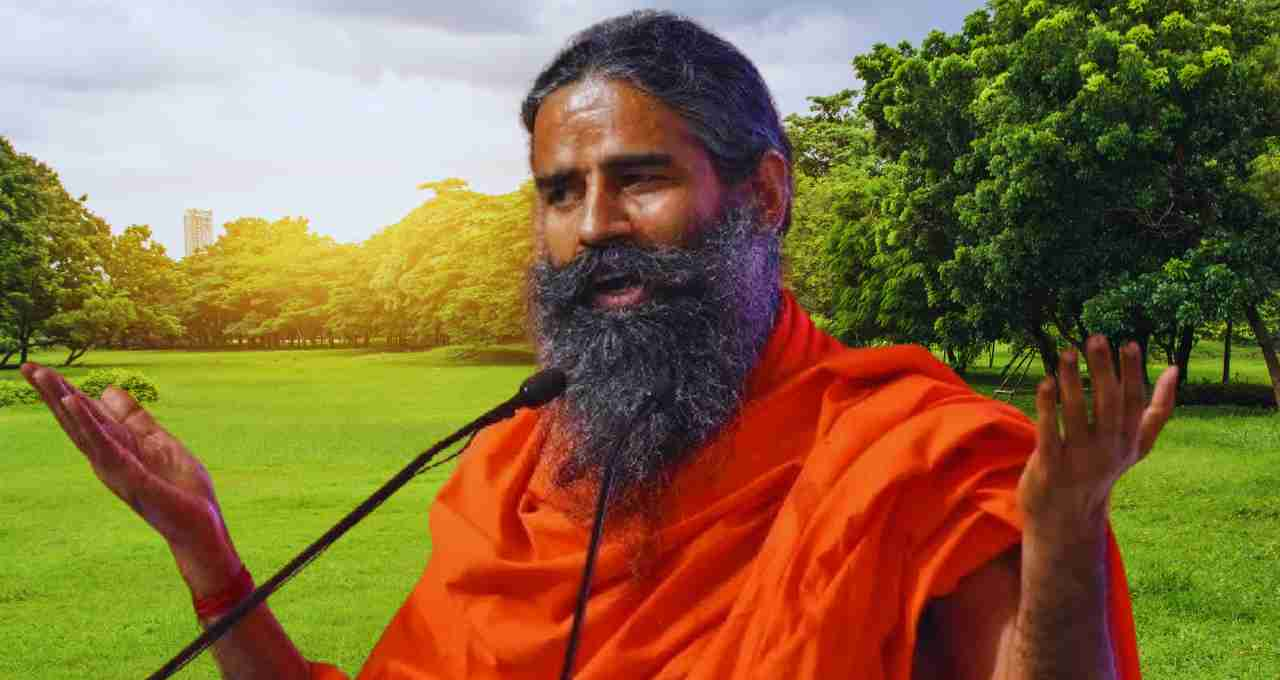
Time: Early morning on an empty stomach or in the evening, 3 hours after meals.
1. Anulom-Vilom (5 minutes)
How to do it: Inhale through one nostril and exhale through the other. Then, inhale through the second nostril and exhale through the first.
Benefits:
- Improves blood flow in the veins.
- Reduces both stress and BP.
2. Kapalbhati (3 minutes)
How to do it: Quickly pull the stomach inwards and exhale. Do it continuously.
Benefits:
- Reduces belly fat.
- Improves blood sugar and BP.
3. Bhramari (2 minutes)
How to do it: Inhale and, keeping your mouth closed, make a humming sound like a bee, "ऽऽऽऽऽ".
Benefits:
- Calms the mind.
- Reduces tingling in the veins and irritability.
4. Shashankasana (5 minutes)
How to do it: Sit on your knees, bend forward, and touch your forehead to the ground.
Benefits:
- Relaxes the back and spine.
- Improves blood circulation.
5. Makarasana (5 minutes)
How to do it: Lie on your stomach, rest your chin on your hands, and let your body relax.
Benefits:
- Reduces pressure on the heart and brain.
- Provides relief from high BP and stress.
6. Yoga Nidra (10 minutes)
How to do it: Lie on your back, close your eyes, and completely relax your body. Slowly feel each part of your body.
Benefits:
- Improves sleep.
- Relieves tension and fatigue.
Total Time: Approximately 30 minutes—but the results are astonishing.
Ayurvedic Diet Formula
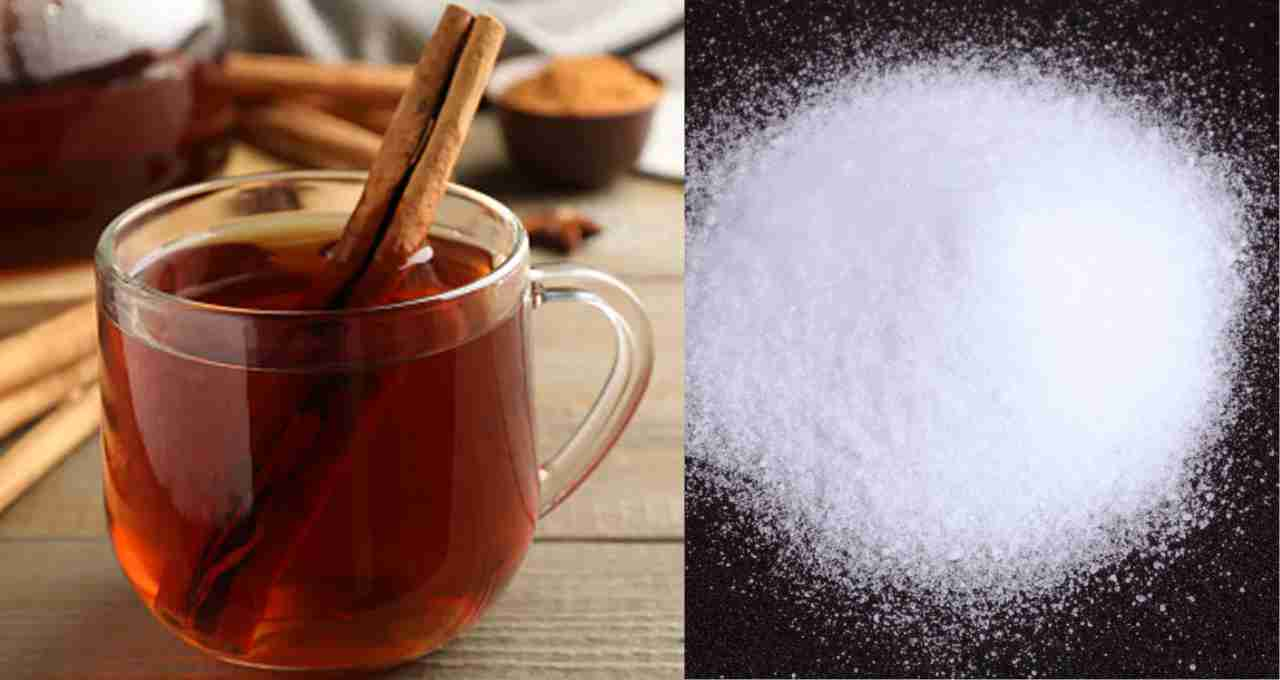
- Arjuna Bark Decoction: 1 teaspoon of ground bark + 200 ml of water; boil and strain, drink before bed. It strengthens the heart muscle.
- Tulsi-Cinnamon Water: Drink 5 tulsi leaves and 2 grams of cinnamon lightly boiled on an empty stomach in the morning to reduce blood lipids.
- Sodium Limit: Do not consume more than 5 grams of salt in total (about one teaspoon); watch out for hidden sodium in packaged snacks.
- Colorful Plate: Half a plate of leafy vegetables and fruits, a quarter of whole grains (brown rice, barley, millet), and the rest protein (pulses, paneer, peanuts).
- Golden Rule of Water: 2.5-3 liters daily; don't consider coffee and cola as water.
Small But Effective Changes in Daily Routine
- 20-20-20 Rule: After working on the laptop for 20 minutes, stand for 20 seconds and look 20 feet away; reduces pressure on the eyes and neck veins.
- Choose Stairs: Instead of the elevator, use the stairs for 5 minutes daily; this mini-cardio brings high BP down slowly.
- Eat on Time: Dinner at least 2 hours before bedtime; late-night meals increase systolic BP.
- Digital Detox: One day a week, 6 hours without social media; mental pressure reduces by twenty-seven percent.
- Weight Monitor: Weigh yourself every Saturday morning on an empty stomach; BP drops by about 1 point for every 1 kg reduction.
High BP is no longer a 'disease of the elderly' at the age of 30; it has entered the young veins as a silent killer. The good news is that the body's veins have a remarkable capacity for rejuvenation—provided you weave half an hour of yoga, a balanced diet, sufficient water, and stress-free thinking into your lifestyle. Remember, if BP can be controlled through yoga and diet instead of medicine, it will not only reduce the risk of paralysis but also keep your heart and brain energized for a long time. Measure your BP today, take small steps, and give your body the opportunity to thank you—because it is the blood flowing in healthy veins that is the real life force.
